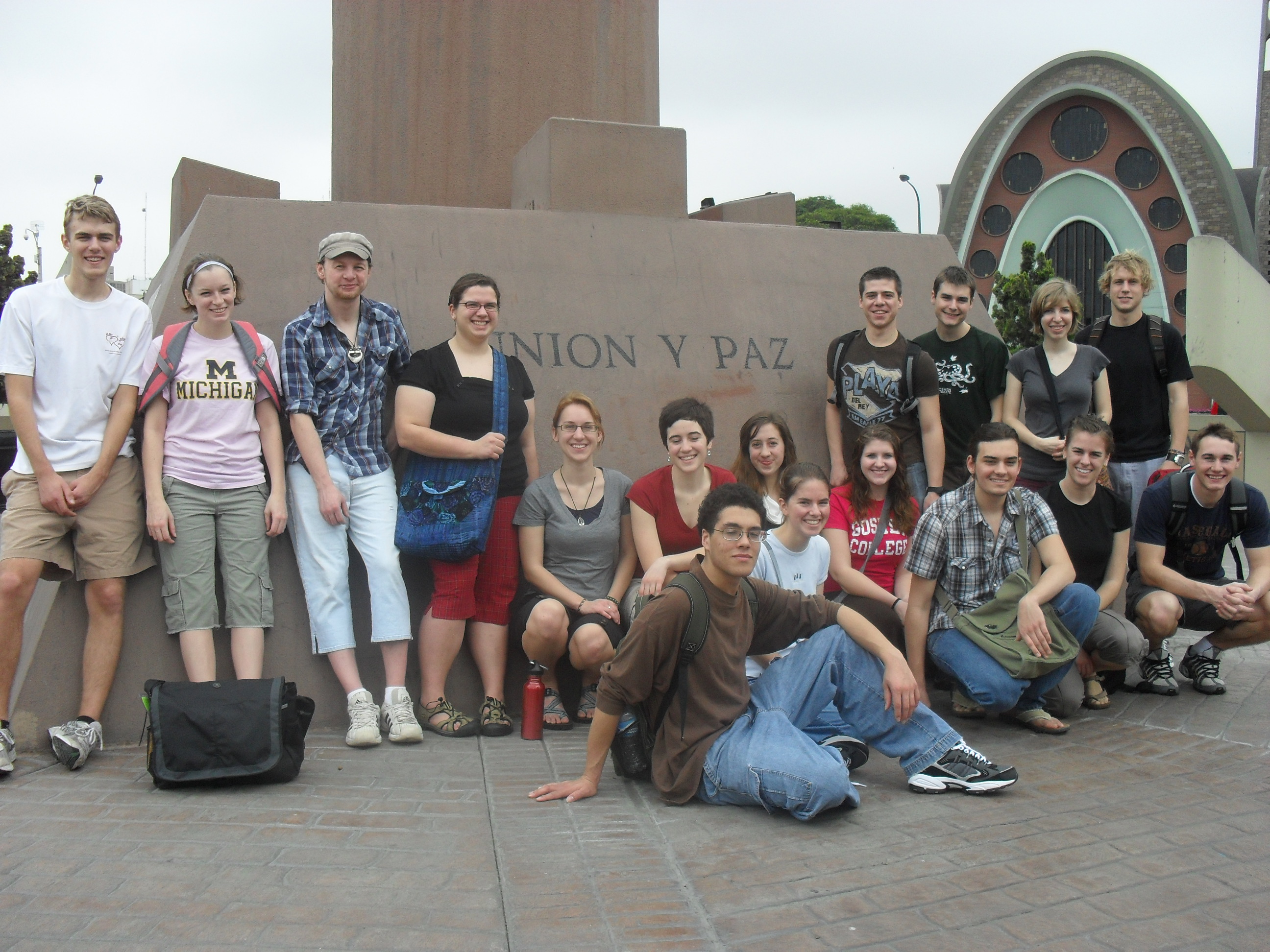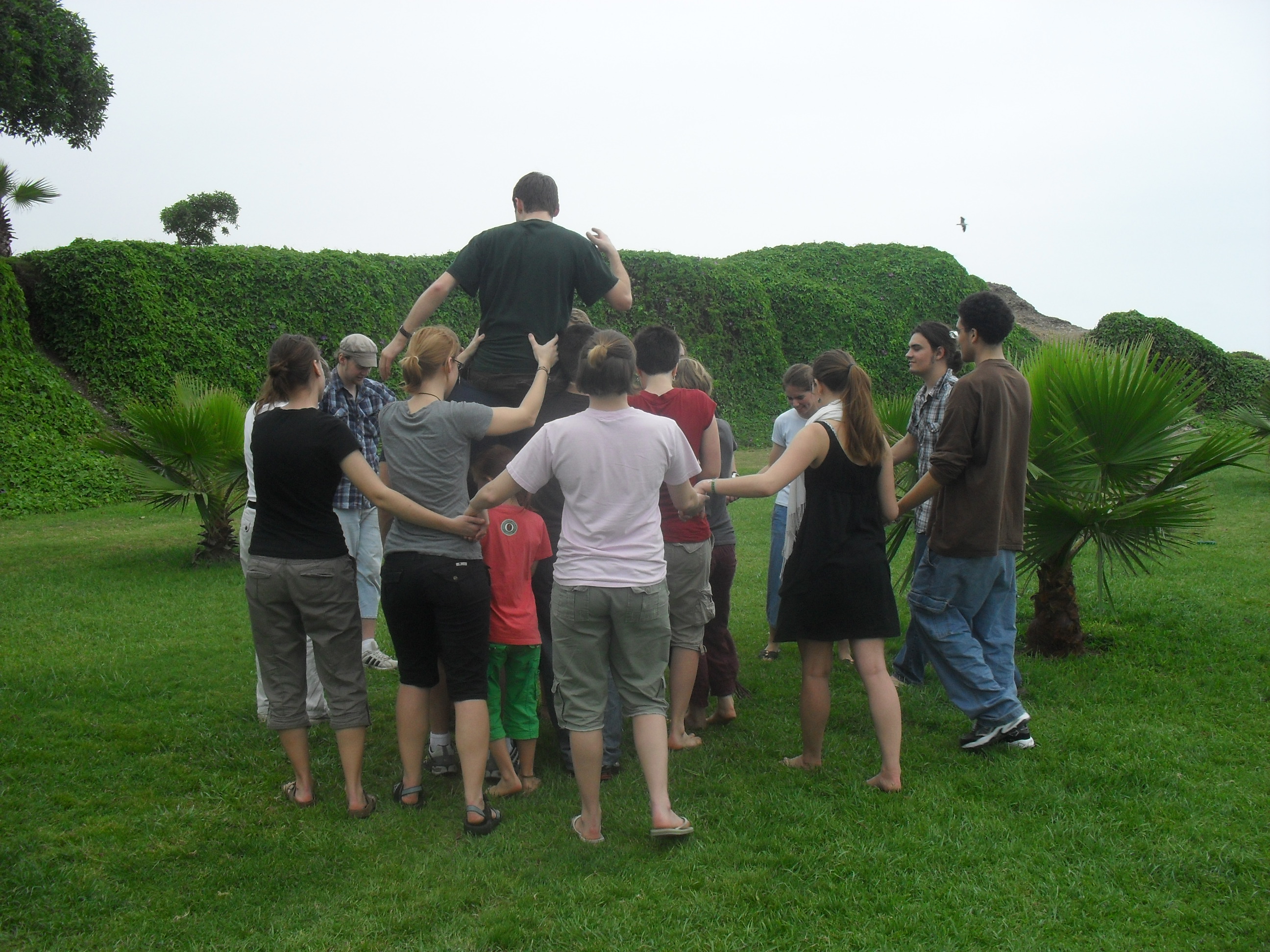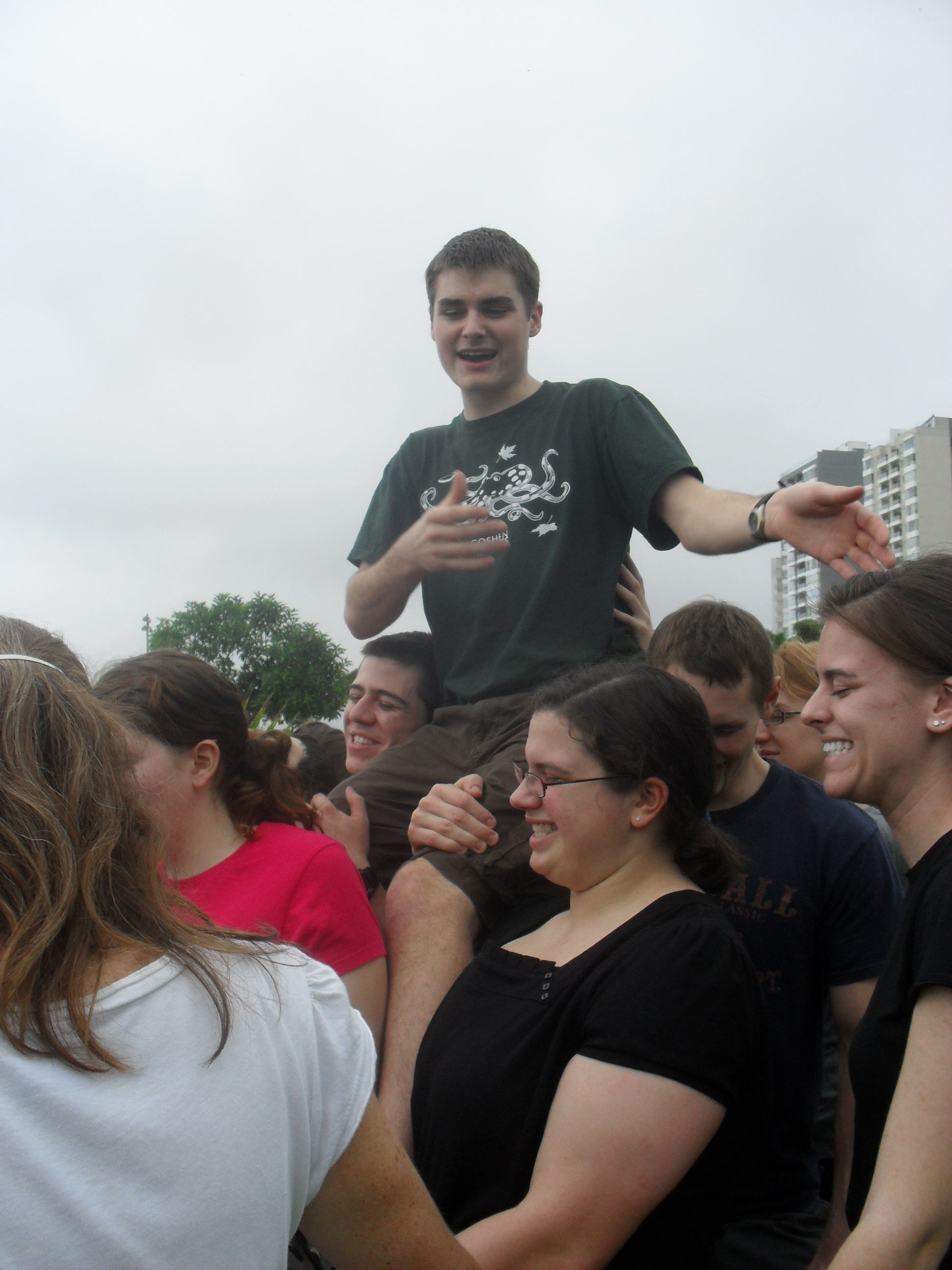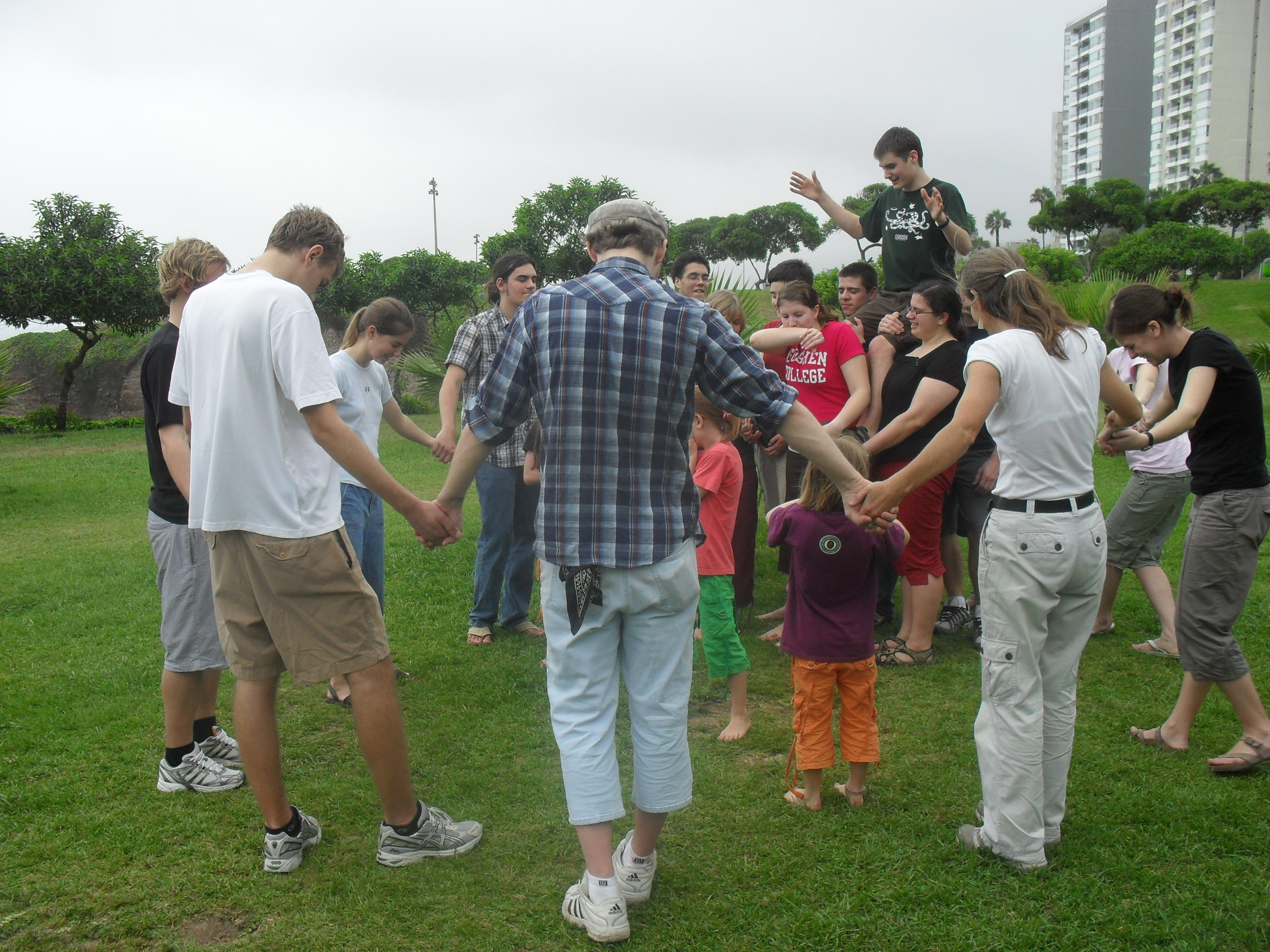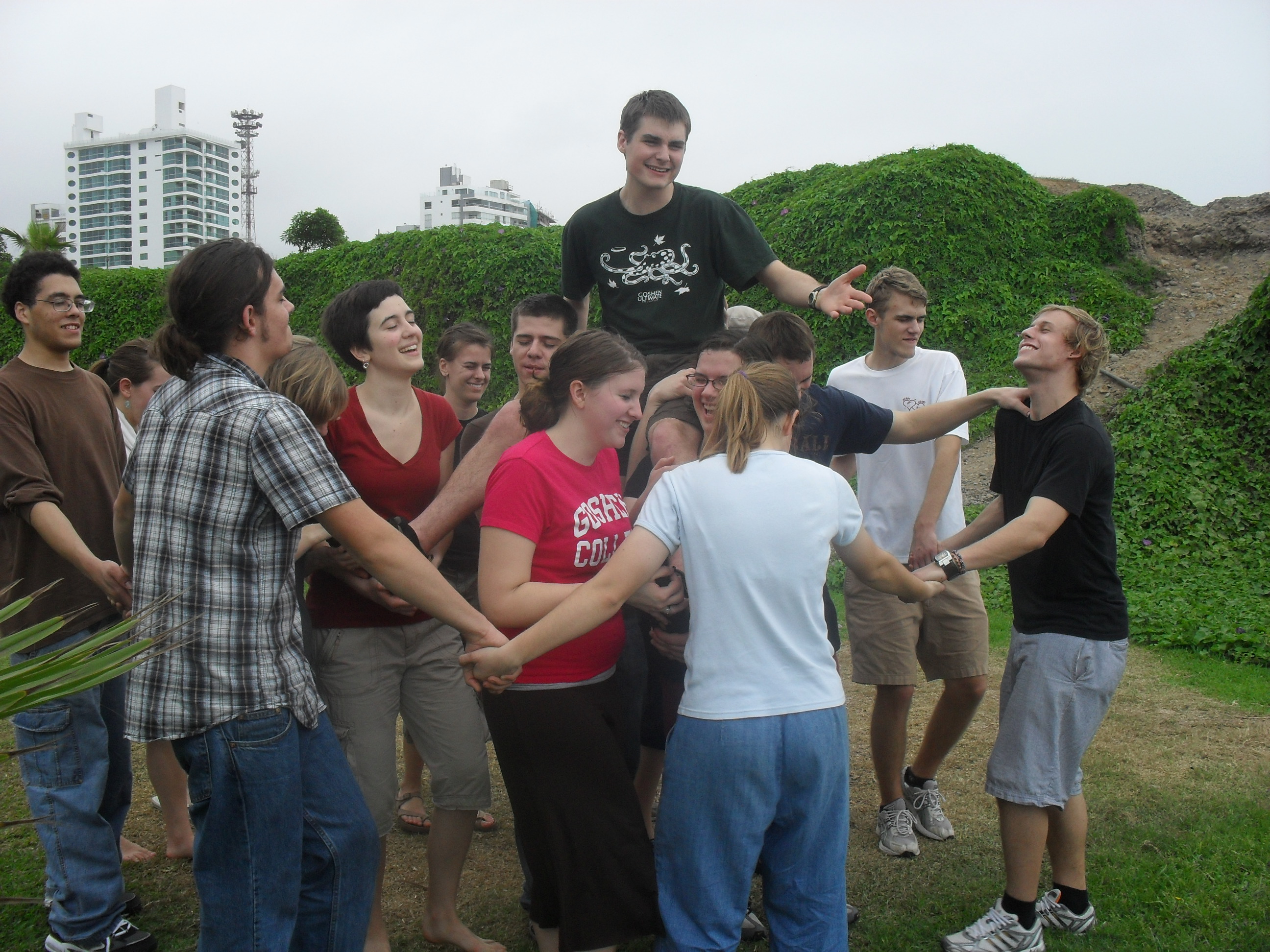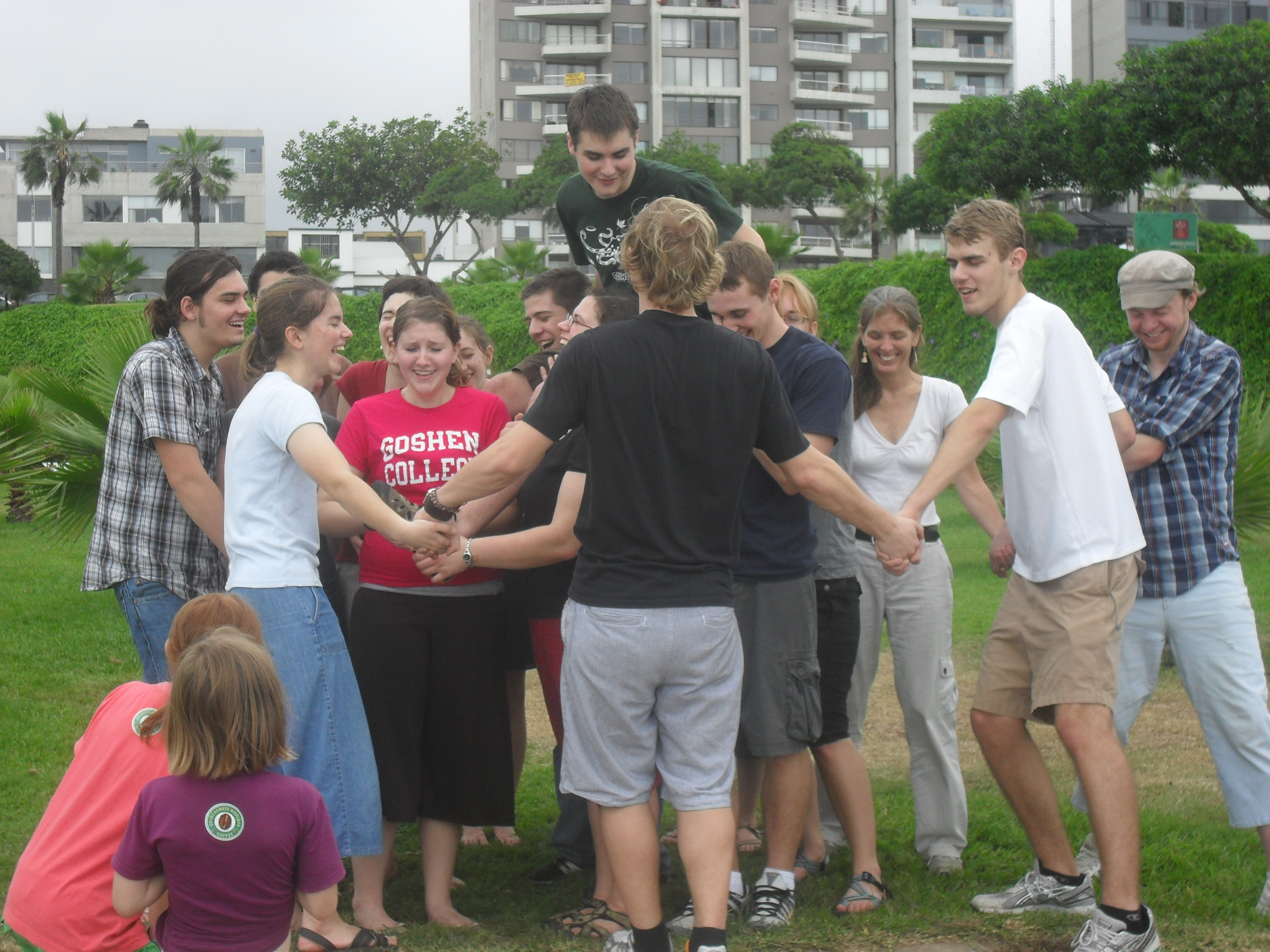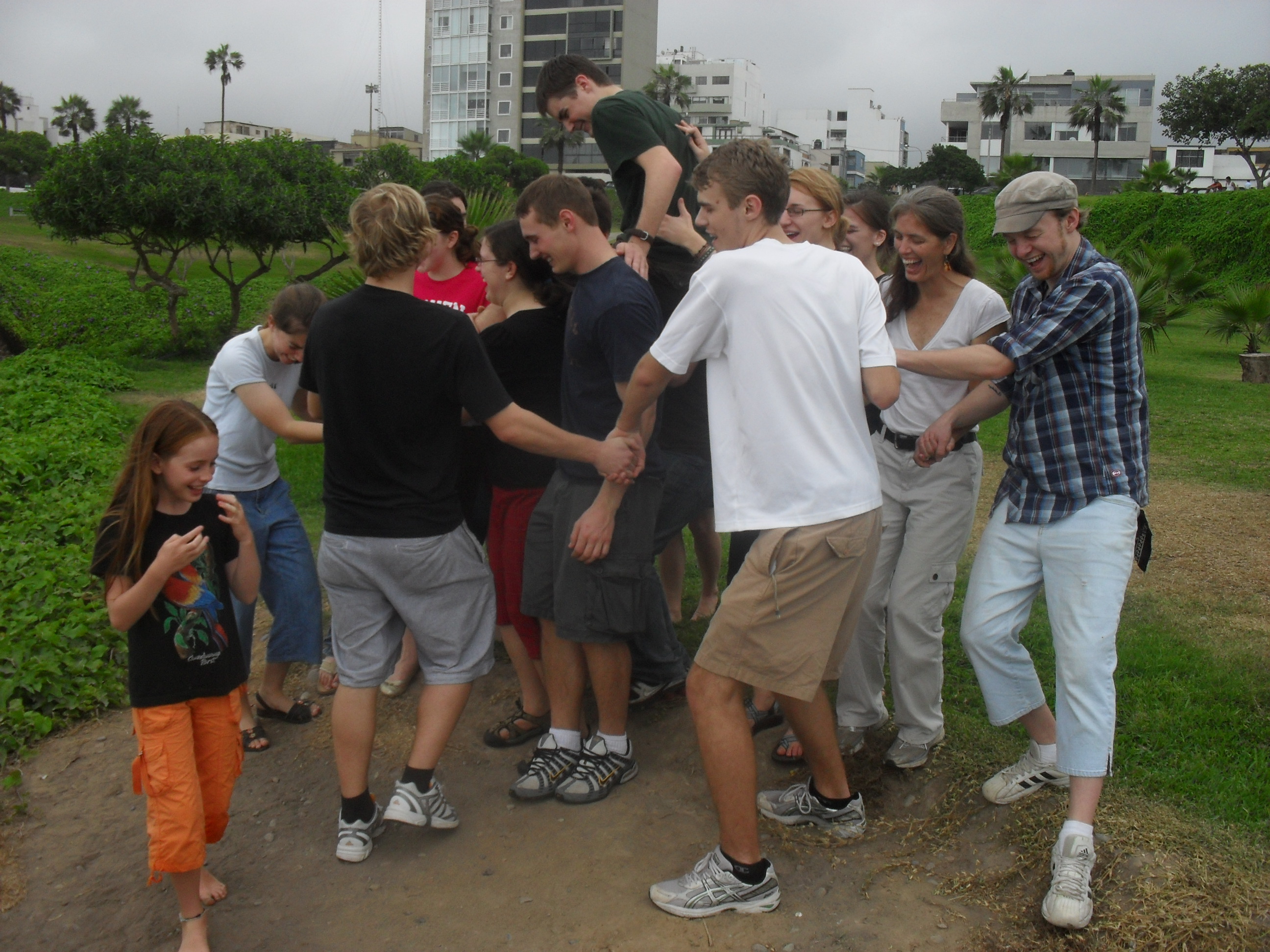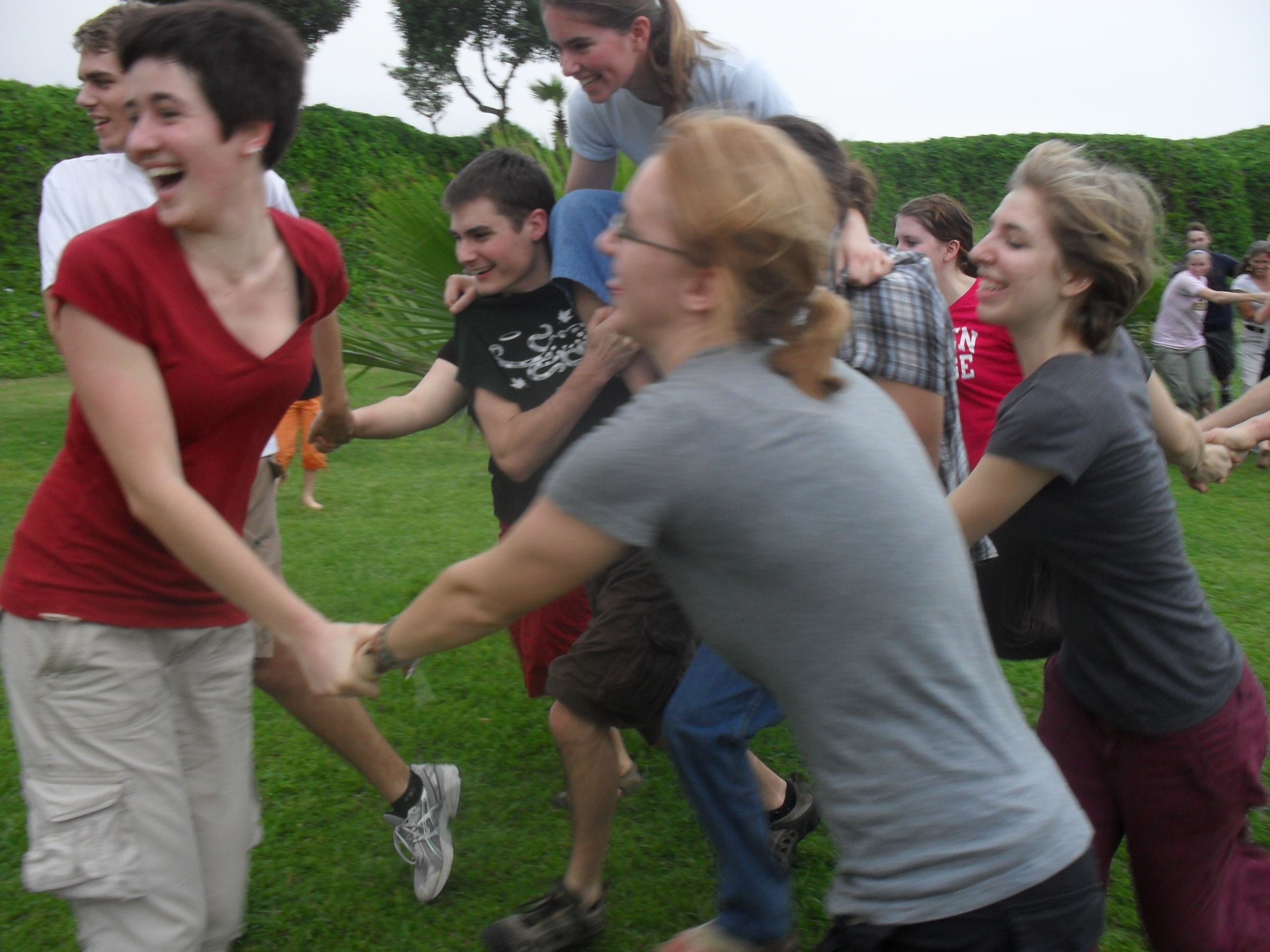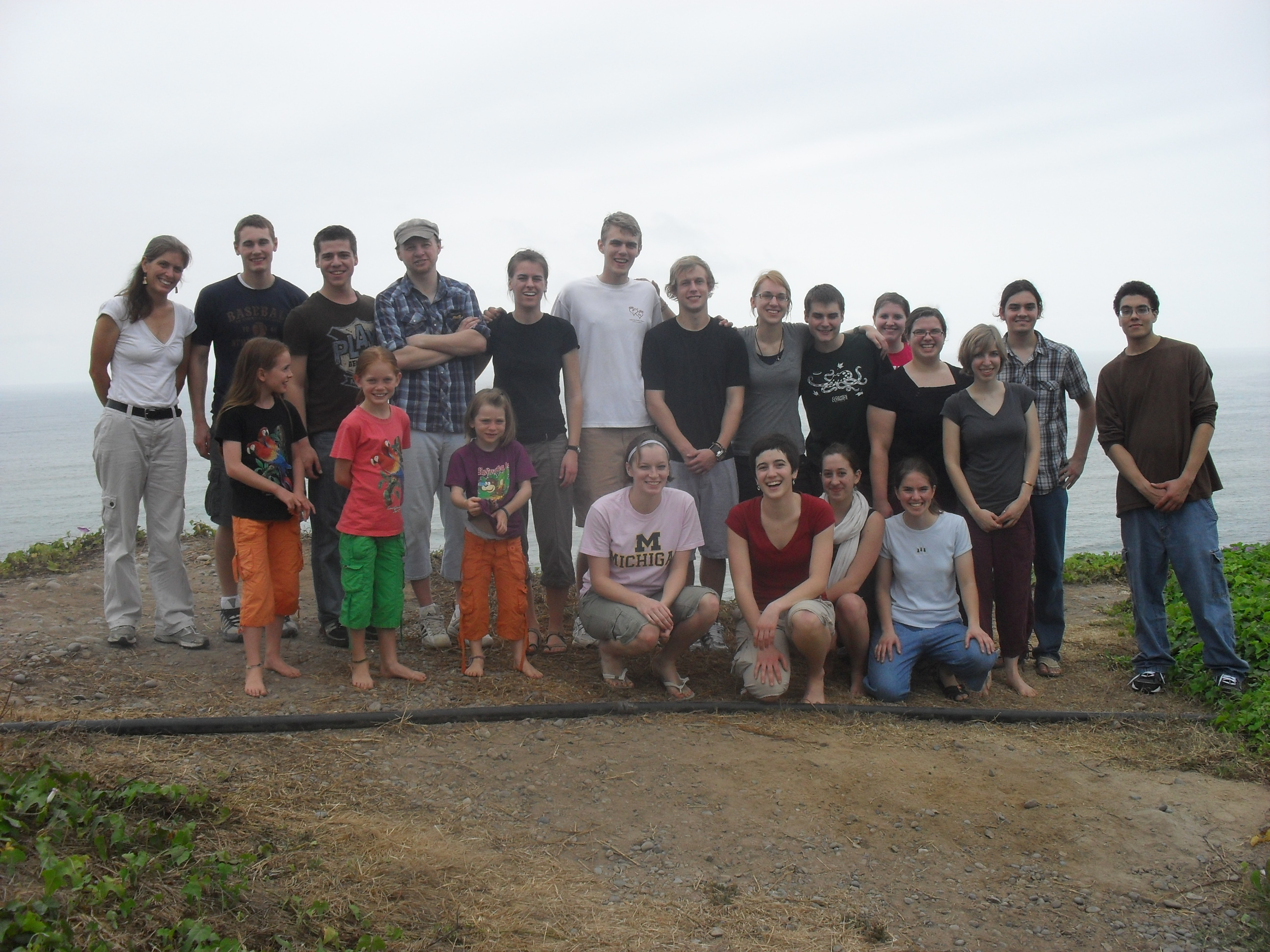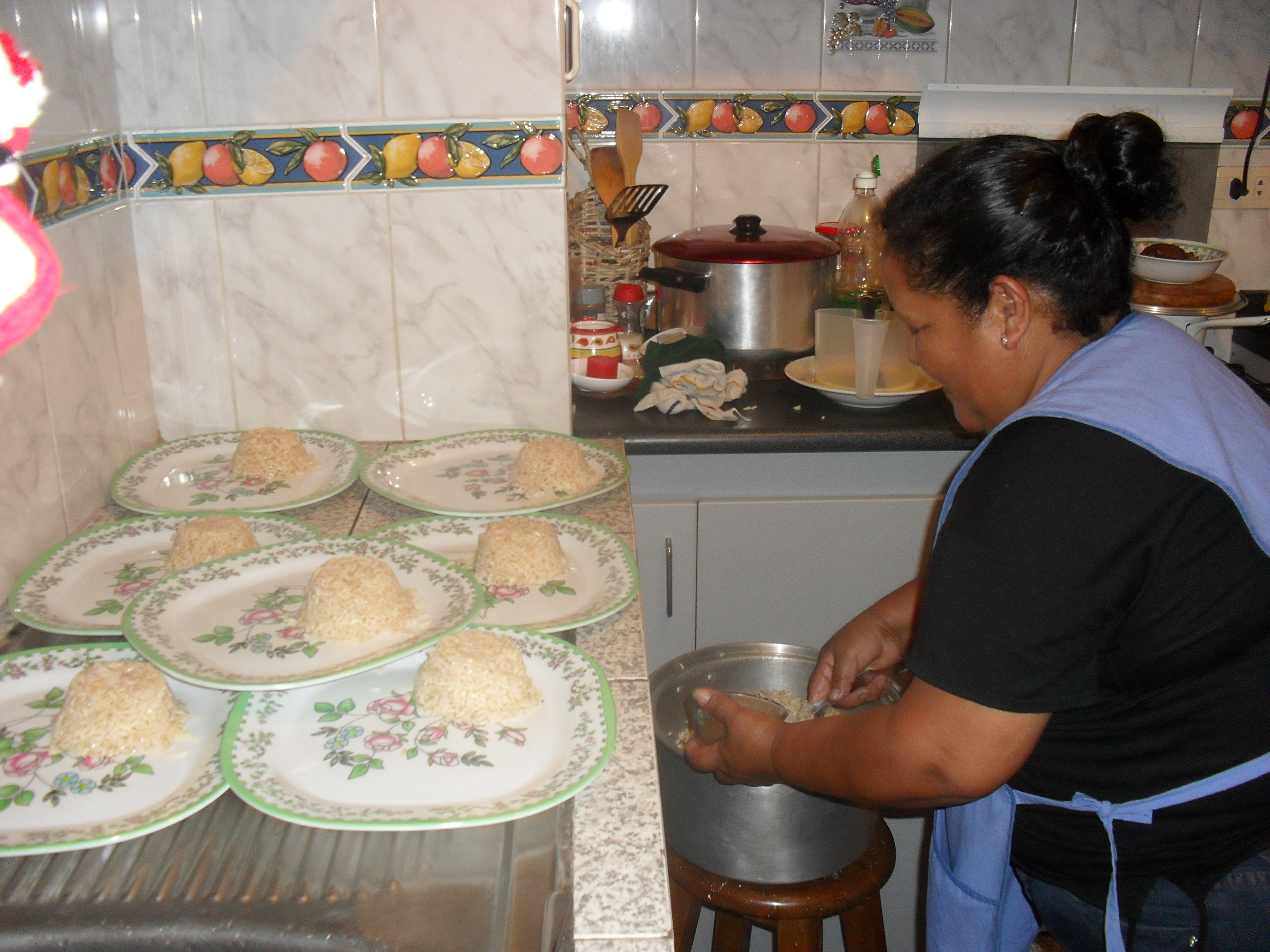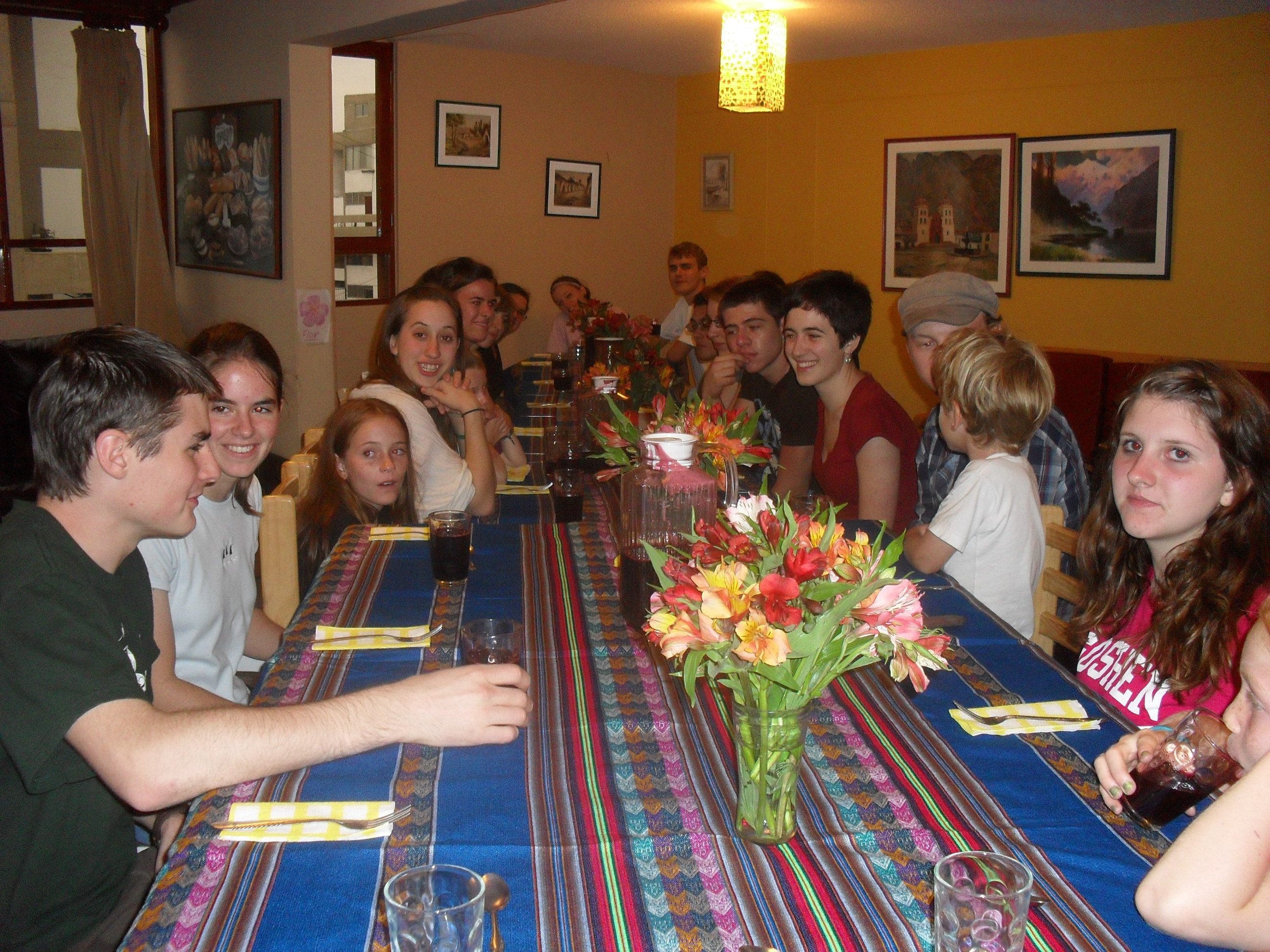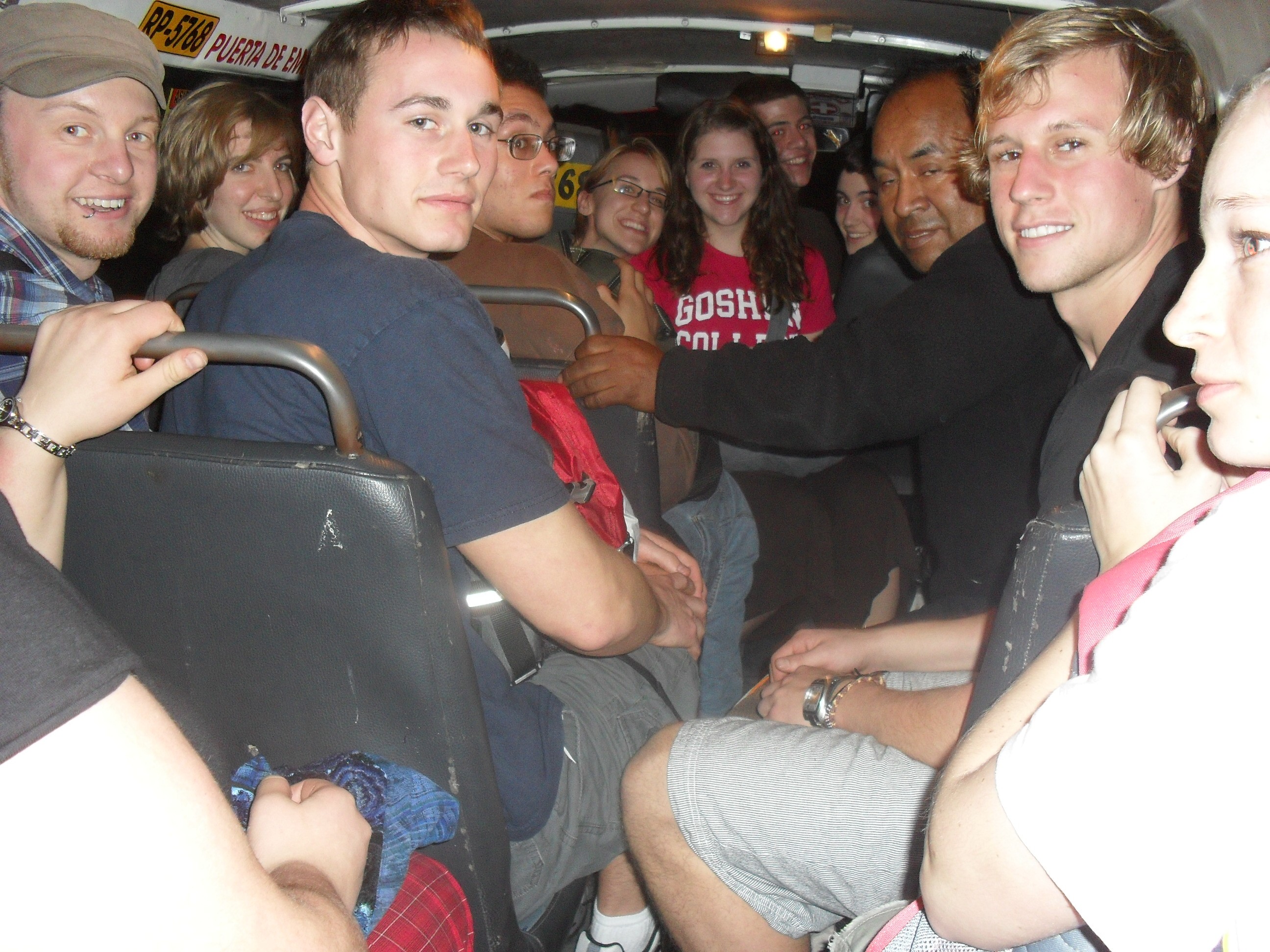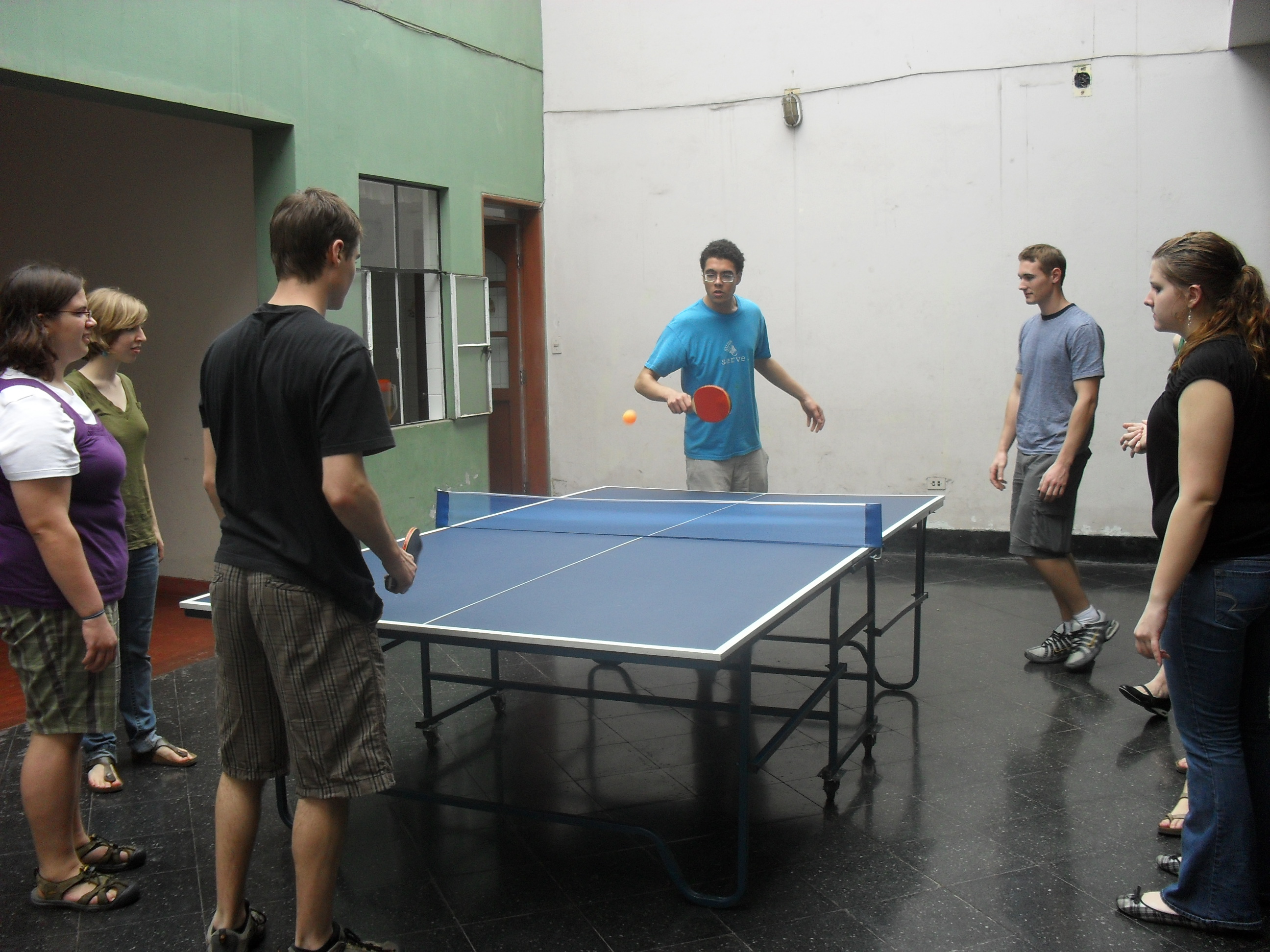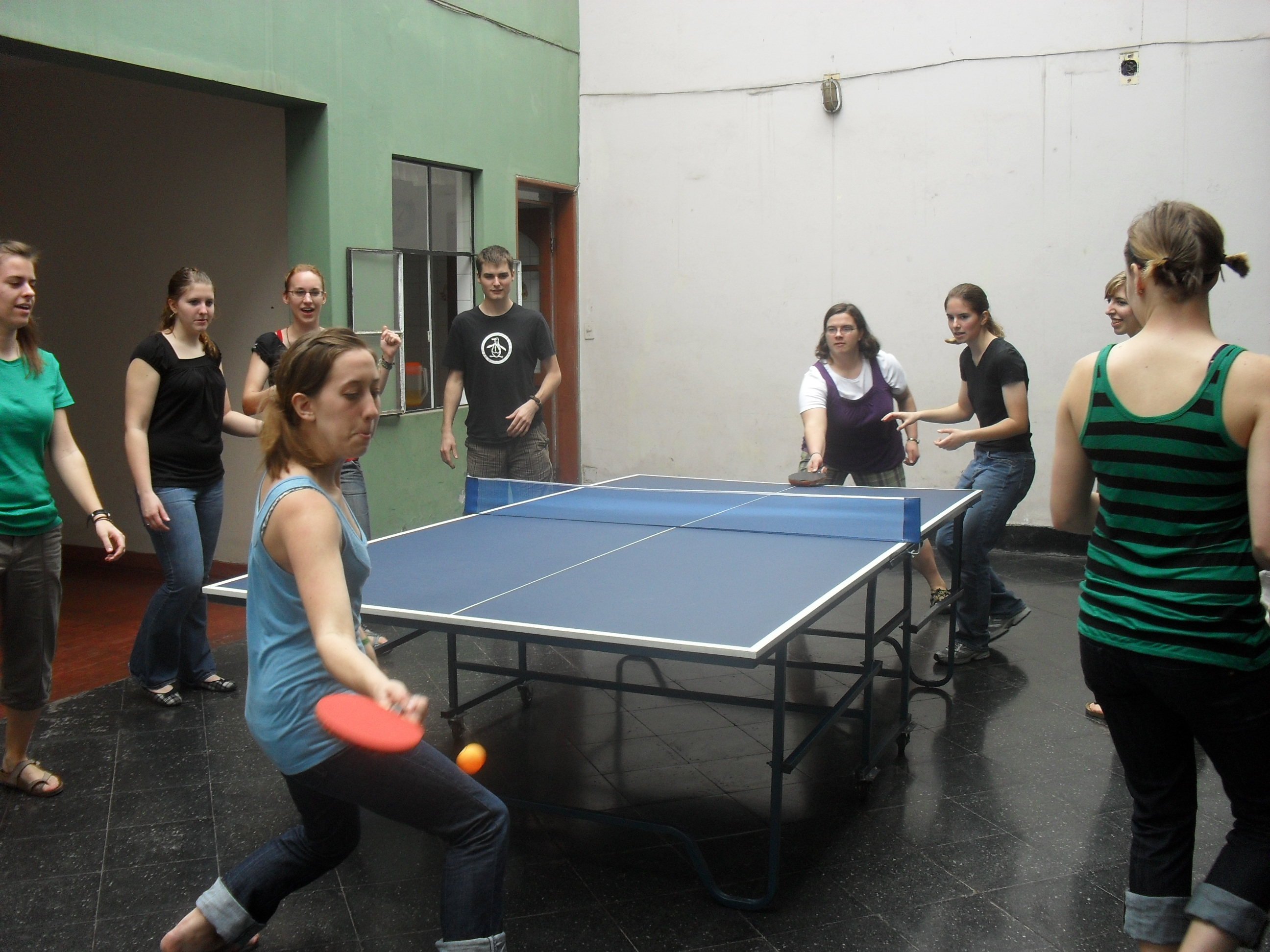Orientation
There is so much to learn when you first arrive. We settled into the living room at Goshen Tambo on our first morning of orientation and asked each student to check in. One described the excitement of being in a new country, like a child full of wonder at what he sees and hears around him. Then we worshiped together, giving each student a chance to reflect quietly on their experience before singing our version of “You’ve Got a Place (at the Welcome Table)”.
Summer has finally arrived here in Lima so our first lunch was a picnic in a park that overlooks the Pacific. The students opened their lunch bags to discover their first quadruple, a sandwich stacked with 4 slices of bread and different ingredients between each slice. Feeling an overwhelming urge to see the water up close, most of the group descended the hundreds of stairs down to the ocean itself.
The students returned to the grassy bluff that overlooks the great blue Pacific and played several games, finishing with Amoebe. In this game, some members of the group play the role of cell wall, others protoplasm and one the nucleus. The members of the cell wall join hands, the protoplasm hoist the nucleus up into the air and the nucleus shouts out instructions to move the group from one end of the field to another. The excitement grew as the amoebe cautiously approached the cliff next to the ocean — all but the nucleus had their eyes closed. Then the cell divided into two and raced back to the other side of the field.
After lunch we settled back into Goshen Tambo for a frank discussion of health, safety and respect as well as the concept of being present while in Peru. The day ended with a home-cooked Peruvian dinner of Asado de Carne accompanied by Chicha Morada and fresh strawberries for dessert — thanks Alicia!
On day two our coordinator and life-long Lima resident, Celia Vasquez, taught us the ins and outs of the public transportation system. She gave us an introduction to Peruvian culture, including common greetings and aspects of family life. The students met their language instructors, Oswaldo Aguirre and Leonor Marin, who will help them transform their current knowledge of espanol into a working knowledge of castellano, as Peruvians refer to their particular version of the Spanish language.
We also met Wilfredo Villavicencio. Willy grew up in a village high in the Andes and moved to Lima with his brother and sister at the age of 12. He described what life was like during those early years for three teen-aged siblings as they struggled to establish themselves in a neighborhood on the margins of Lima. Willy shared a one-room, 12 by 15 foot dwelling with his brother and sister, and the three shared an outdoor bathroom with 5 other families. He and his sister served hot lunches to construction workers to earn money for school uniforms and basic necessities.
Willy eventually put himself through pharmacy school and worked as a pharmacist for 10 years before serving as a guide for Medical Ministry International, helping North American doctors and nurses travel to the highlands to offer medical services in rural communities.
Willy has agreed to serve as our “Service Guide” this semester, helping us understand what life is like for those living in the margins of Lima and finding service opportunities where we can make a difference in the lives of those struggling to survive.
Our theme this semester is the phenomenon of rural-urban migration and the poverty associated with it. We hope to gain an understanding of this global trend and, in our own small way, become part of the solution to the problems faced by those living on the margins.
